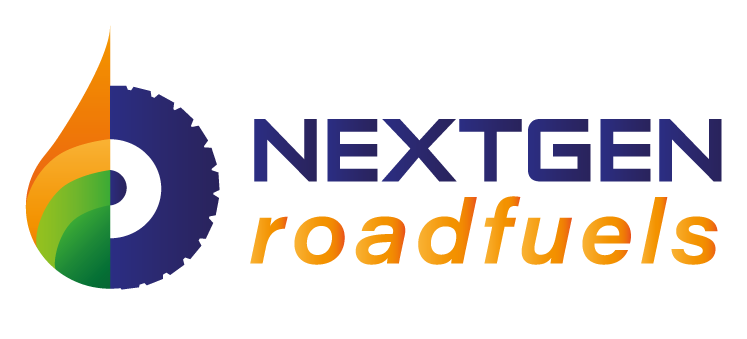
One of the main challenges for the Hydrothermal Liquefaction (HTL) technology is to prove that it can perform better than an already established technologies such as Anaerobic Digestion (AD). This quest is a long process as HTL is a recent technology which is still in its innovation funnel phase. More in particular, several demonstration facilities are being installed across Europe and in multiple locations around the world. As the technology develops, is becoming clear that it can feature an additional value by being able to deliver a useful byproduct via the recovery of phosphorous in the process. Next, a list of main demos around EU and the rest of the world:
– HTL Demonstration at Annacis Facility: MatroVancouver points out the need for water management, understanding opportunity cost
– Steeper Energy Norway (wood) and Calgary (sewage sludge) point to H2 use and links to refining
– Northern and Southern oil refineries (Australia), note capital and operating cost both need to come down
– Licella catalytic HTL (Australia, UK, and North America) noted the importance of collaboration: end-of-life plastics in the UK with Mura and post-consumer biomass in North America with Arbios
– Reliance (India) points at the need to demonstrate robustness at scale to reduce risk
– RE-CORD (PoliTo) notes the for co-liquefaction as well as co-refining
– HyFlexFuel note, among other things the need for understanding feedstock supply chain and valorization
– PNNL notes the importance of blends (urban and rural), as well as increasing catalyst life in upgrading

As shown in the figure above (NGRF – PNNL), the value chain is summarized. In the leftmost column, the major R&D gaps are enclosing feedstock availability, feedstock blending, water management and large-scale pumping. For what regards Intermediates and Liquefaction, the focus is on the time on stream, heat exchanges, scale/ modularization, and higher liquid yields. The column concerning final products and the upgrading & refining block has its effort on N and O removal, Fe and mineral removal, catalyst life, and ASTM specification. Finally, the rightmost column is being researched for improvements on nutrient recovery, water cleanup, avoidance of landfills, and elimination of pathogens.
Credits:
Cover Photo by Mauro Tandoi on Unsplash
More information on the topic here.
